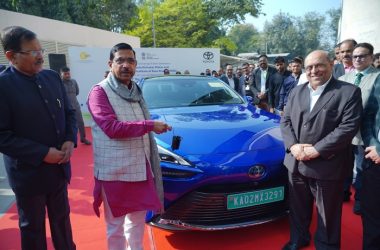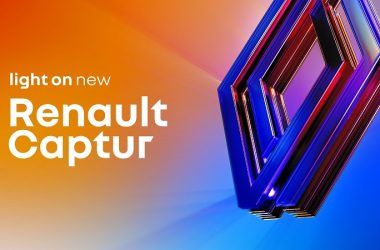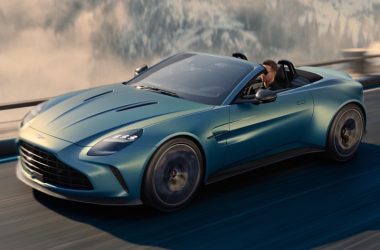Bangalore: In a significant technological collaboration, Qualcomm Technologies, Inc. has teamed up with the Indian Space Research Organisation (ISRO) to bring about a notable enhancement in India’s navigation capabilities. The partnership will see the incorporation of the newly launched L1 signals from India’s NavIC (Navigation with Indian Constellation) into select upcoming Qualcomm chipset platforms. This move is set to bolster the performance of location-based services in India’s burgeoning industries and technology ecosystem.
The integration, which utilizes Qualcomm Technologies’ advanced location-based position technology, promises to elevate the geolocation accuracy, especially in urban areas where such precision is often compromised. The Qualcomm® Location Suite, known for its prowess in location technologies, will now support up to seven satellite constellations simultaneously. This includes harnessing both L1 and L5 signals of NavIC for superior location performance, quicker acquisition of positioning, and improved reliability of location-based services.
Francesco Grilli, Vice President of Product Management at Qualcomm Technologies, Inc., expressed enthusiasm about the initiative. “We’re dedicated to our commitment in India, and supporting the NavIC L1 signals is a step forward in this direction. Our collaboration with ISRO is pivotal in pushing the boundaries of NavIC’s adoption and in developing advanced geolocation solutions,” he said.
Savi Soin, President of Qualcomm India, highlighted the company’s focus on fostering long-term partnerships within the Indian industry. “Our collaboration with ISRO in integrating the NavIC L1 signal alongside the L5 signal into our Snapdragon® mobile platforms exemplifies our dedication to India-centric innovations. This will not only benefit Indian consumers but also drive creativity across various segments including smartphones, IoT, and automotive,” Soin added.
ISRO’s Director of the Satellite Navigation Programme Office, Manish Saxena, also commented on the development. “NavIC represents a significant leap in using space technology for national development. We are proud of the growing acceptance of NavIC and are keen to extend its benefits to all users. Qualcomm Technologies’ support for NavIC L1 in their upcoming mobile platforms is a commendable step that will expedite its adoption,” he noted.
The support for NavIC L1 signals will start appearing in selected Qualcomm Technologies’ chipset platforms from the second half of 2024, with commercial devices expected to be available in the first half of 2025. Qualcomm Technologies plans to showcase the NavIC L1 signal support in Snapdragon Mobile Platforms at the Qualcomm Innovation Forum event in Bengaluru in December 2023.






